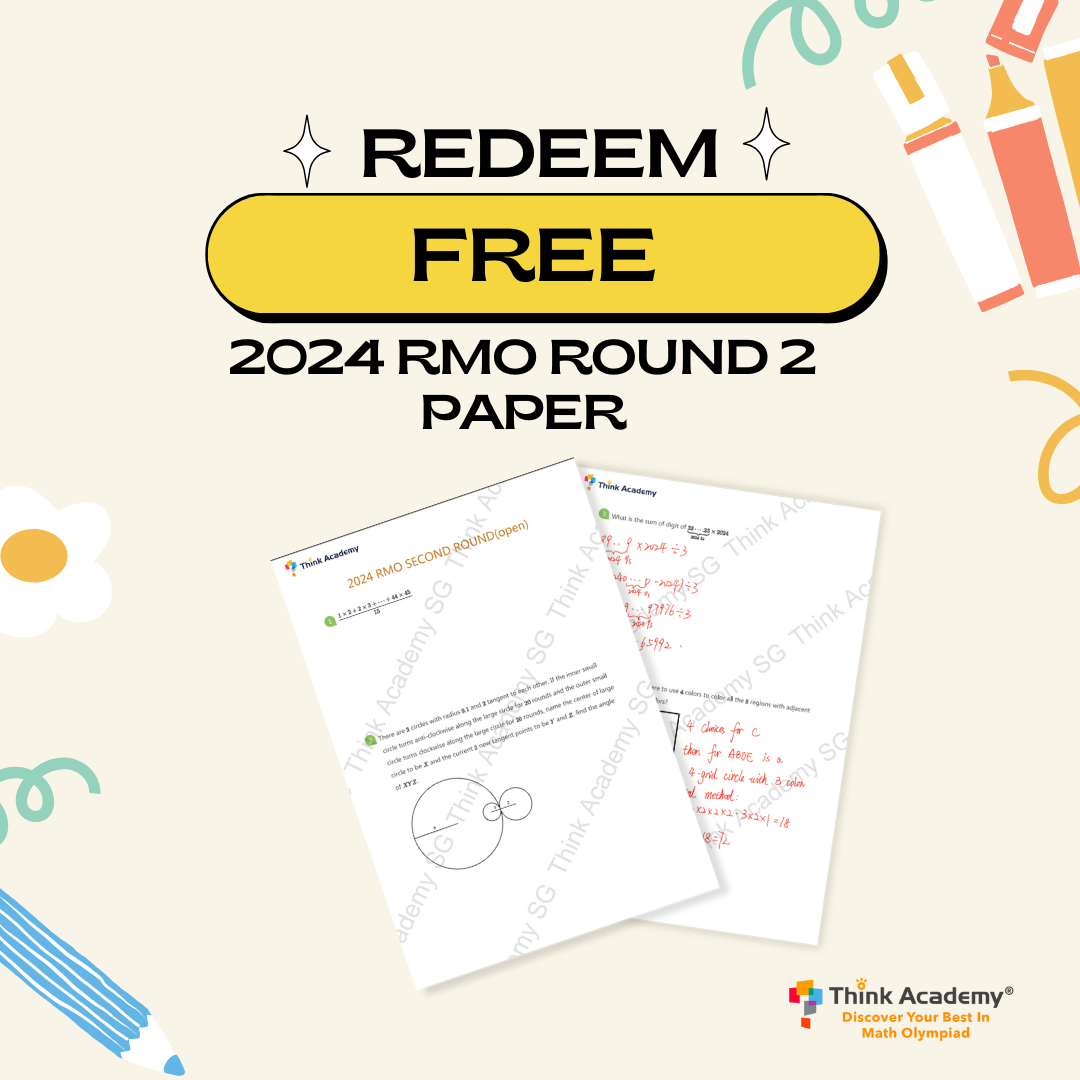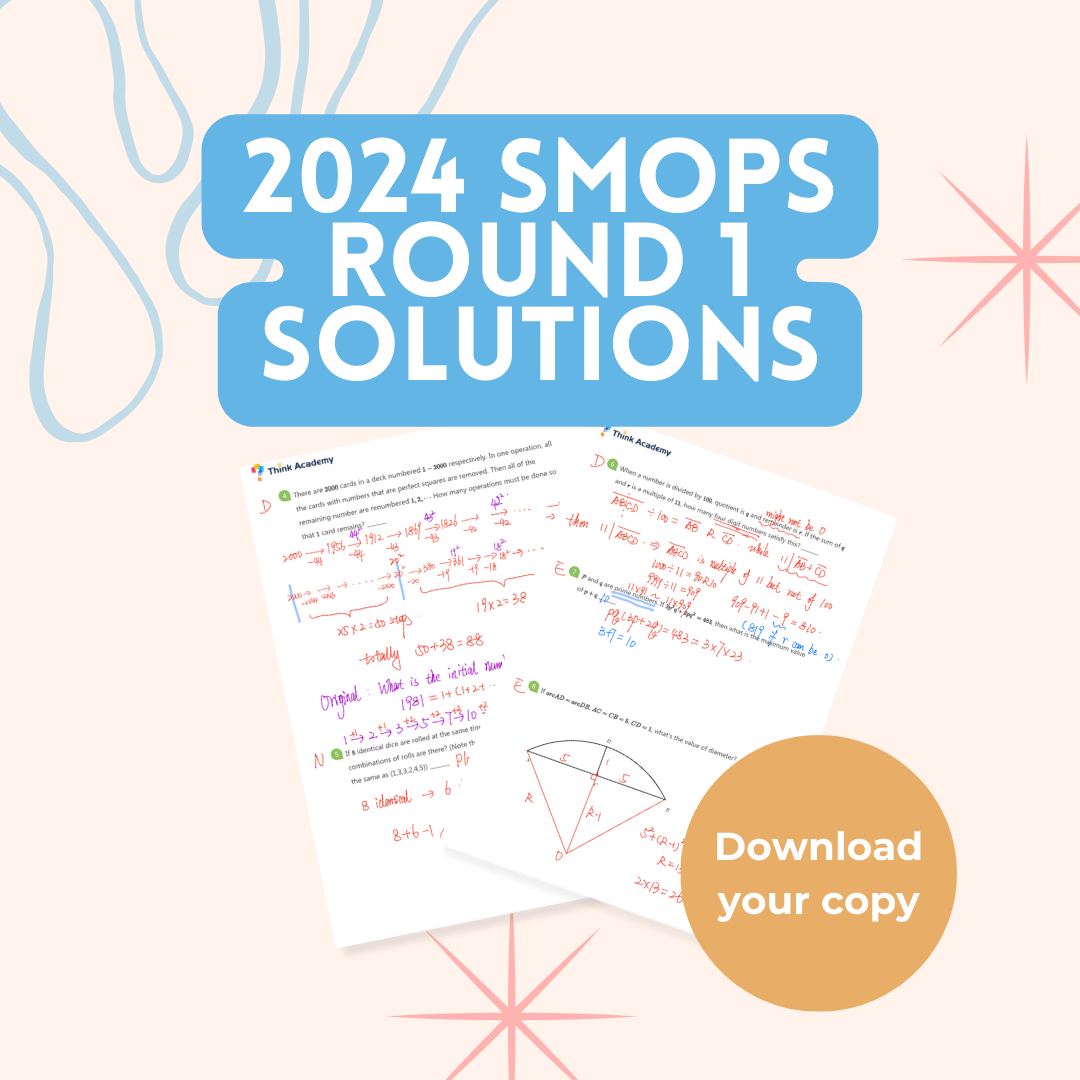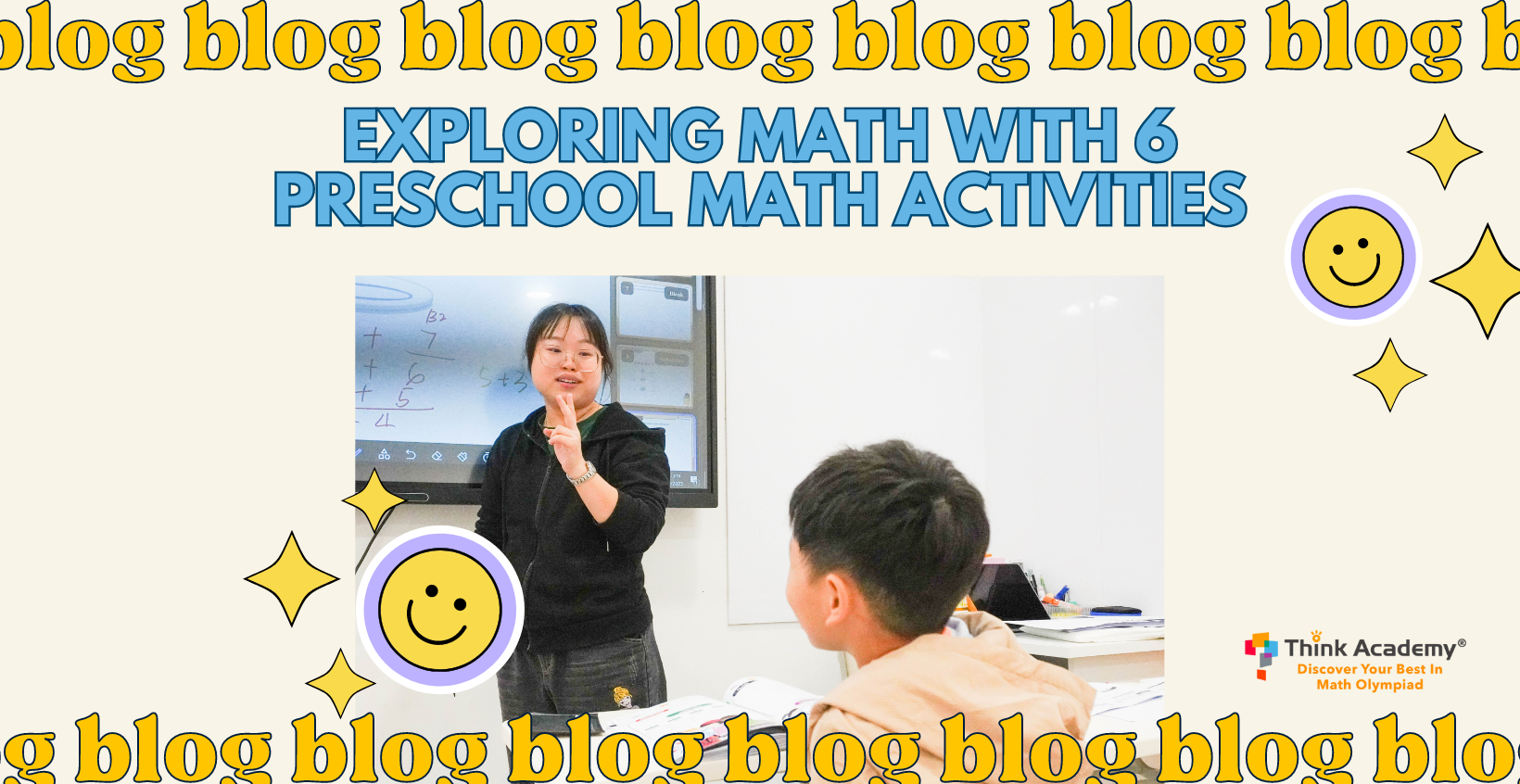Your cart is currently empty!
5 Math Skills Your K2 Child Needs To Know for Primary 1

One of the biggest changes children will encounter is their transition from K2 to Primary 1 into a formal learning environment. As they move on to the next steps in their education journey, it is important to ensure that your child is equipped with the skills that they need to cope and excel in primary school. These are often referred to as school-readiness skills.
What are some school-readiness skills that my child needs?

There are two types of school-readiness skills: academics and socio-emotional skills.
Some of these school-readiness skills include:
- Listening and ability to follow instructions
- Sharing and turn-taking
- Communication and self-expression
- Reading and understanding of common words and expressions
- Numeracy and understanding of numbers
- Confidence to put their best foot forward in a new environment
With so many changes including changes in learning format, how can we prepare the essential math skills children need for Primary 1 so that their learning experience is positive?
What are the key math skills that you should prepare your child as your child transit from K2 to Primary 1?
1. Number sense – Write and understand numbers from 1-10
Number sense is the ability to understand the quantities of numbers. More than that, number sense allows children to understand its meaning and perform arithmetic calculation. For example, children with a strong number sense will have an idea that the number 8 is larger than 7. Additionally, students with strong number sense will be able to translate words or actions in everyday life into appropriate arithmetic operations. They will also have an innate ‘gut feeling’ that taking away a certain number of objects involves subtraction.
2. Calculation – Addition and subtraction within 10
Being familiar with addition and subtraction within 10 requires children to have strong number sense and calculation skills. Once they have a mastery of how numbers are formed (e.g. different ways you can make up 10…), they are ready to learn how to add and substract numbers. To further enhance their numeracy and calculation skills, use number bonds to help them understand different ways they can make up numbers. Also, learning number bonds can make calculation a faster and more efficient process for them.
3. Spatial Awareness – Ability to recognise basic 2D shapes
Children who are transitioning from K2 to Primary 1 should have a strong ability to recognise basic 2D shapes such as rectangles, squares and circles. Having a firm grasp of shapes allows them to identify, visualise and organise visual information in a helpful manner. Other than recognising shapes, it is important that children are able to perceive shapes in space, which is how various objects and shapes interact or relate to one another. They will be able to observe relationships between objects in space through the use of words such as on top of, under, in front of, etc.
Enhancing your child’s spatial awareness abilities starts here! We have designed a 6-session 2D and 3D shapes tutorial that will help students to recognise 2D and 3D shapes and enhance their spatial awareness abilities.
These 6-session 2D and 3D tutorials (worth $180) are free as long as you enter our Whatsapp group and invite 2 other friends to join the Whatsapp group!
4. Attention
As students transition into formal learning environment where they have to concentrate for long hours, parents must take time to hone children’s attention span. Children need to focus and complete the task at hand without distractions and this can be difficult for young children who are used to a play-based environment. Create a distraction-free zone without toys or devices to distact them and break down tasks into shorter bursts of activities. Once children can complete these short activities, consider increasing the length of the activity! Remember to reward them for their efforts and persistence.
5. Observation
Observation skills allow children to examine situations or contexts in finer detail. So why is observation skill important? Observation allows children to find and organise patterns in the natural world. It allows them to spot and interpret observations while tapping on prior knowledge. What’s more, learning by observing also helps children to retain information for a longer period of time.
Keen to get started to prepare for Primary 1? Enhance your K2 child’s number sense and calculation skills with our 100-page fully illustrated Number Sense Workbook and 50 pages worth of Calculation practice!




